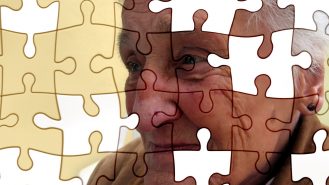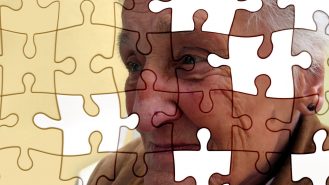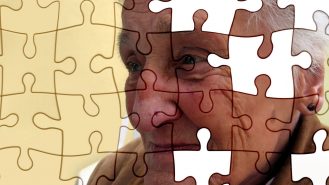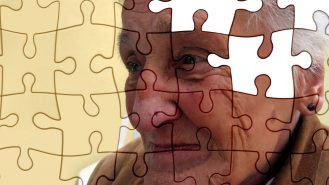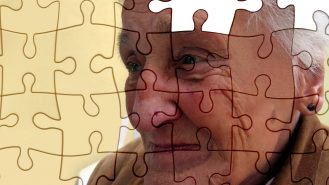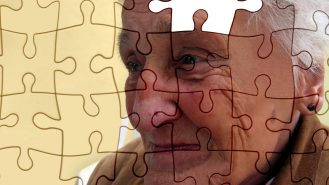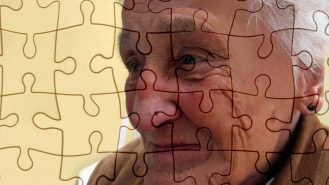Course organiser:Gus Gale
11 Apr:
Christoph Bartneck, 'Robots'. Dr. Christoph is a Researcher at the Canterbury HIT Lab (the Human Interface Technology Lab). This centre is developing and commercialising technology that improves human/computer interaction and thus unlocks the power of human intelligence. Christoph is involved in research on robotic behaviour and its influence on how humans perceive robots. To what degree do humans believe a robot to be human-like? Do we perceive robots to be "somewhat alive"? Can a robot dream? Can we accept robots as our equals?
18 Apr:
Shusheng Pang, 'Turning Trash into Treasure'. Professor Pang has developed a process that utilises waste wood (saw dust) and recycled plastics into a new building material which is durable and stable and suitable for building applications such as decking and outdoor structures.
25 Apr:
ANZACNo meeting
2 May:
Susan Krumdieck, 'ChCh Smart City Re-development Project'. What do you get if you use the state of the art sustainable energy, water, transport and urban form design to deal with the problem of replacing homes for 15,000 people without decanting out into sprawling green-field developments?
Professor Krumdieck’s group at University of Canterbury—the Advanced Energy and Material Systems Lab Smart City Group—has carried out a mind-bender of a project that has amazing and achievable results.
9 May:
Geoffrey Rodgers, 'Earthquake Energy Dissipation'. Geoff's PhD has centred on researching how to absorb energy within a structure during an earthquake without damaging the structure itself—an issue close to our hearts.
Geoff will explain a modern development that uses lead extrusion dampers that can repeatedly absorb large amounts of structural response energy without any degradation or need for service/repair following an earthquake.
16 May:
Mathieu Sellier, 'Fascinating Drops: from raindrops to test tubes'. Drops are so prevalent in our daily lives that we often fail to appreciate their fascination in nature. Dr Sellier will cover some basic science about liquid drops and some applications in the field of digital micro-fluids. This will enable the creation of a down-scaled analytical laboratory on a single chip!
